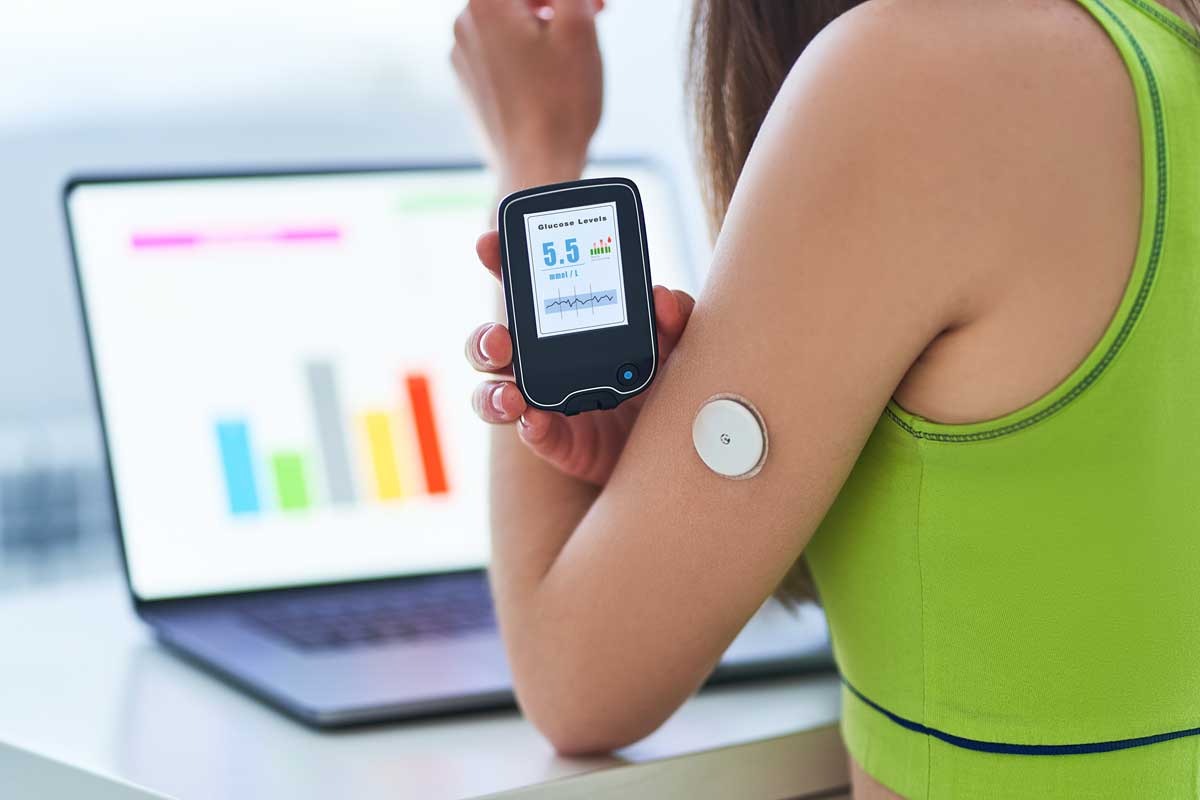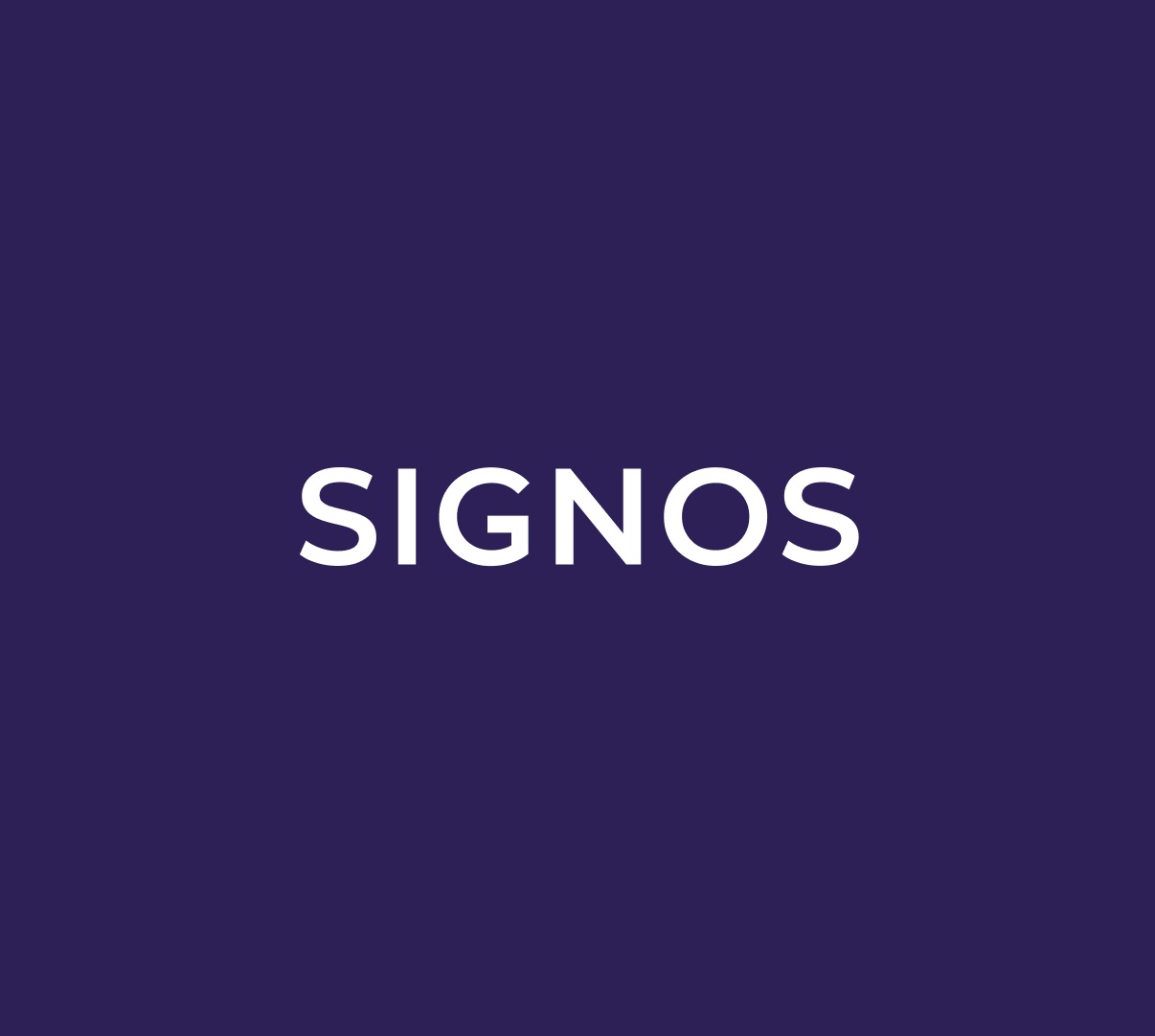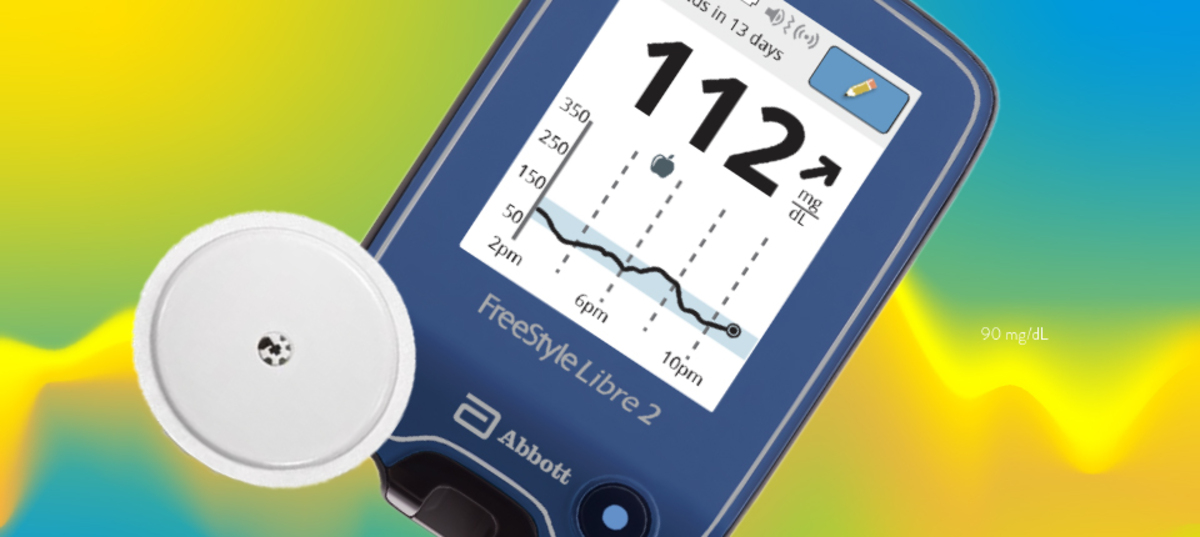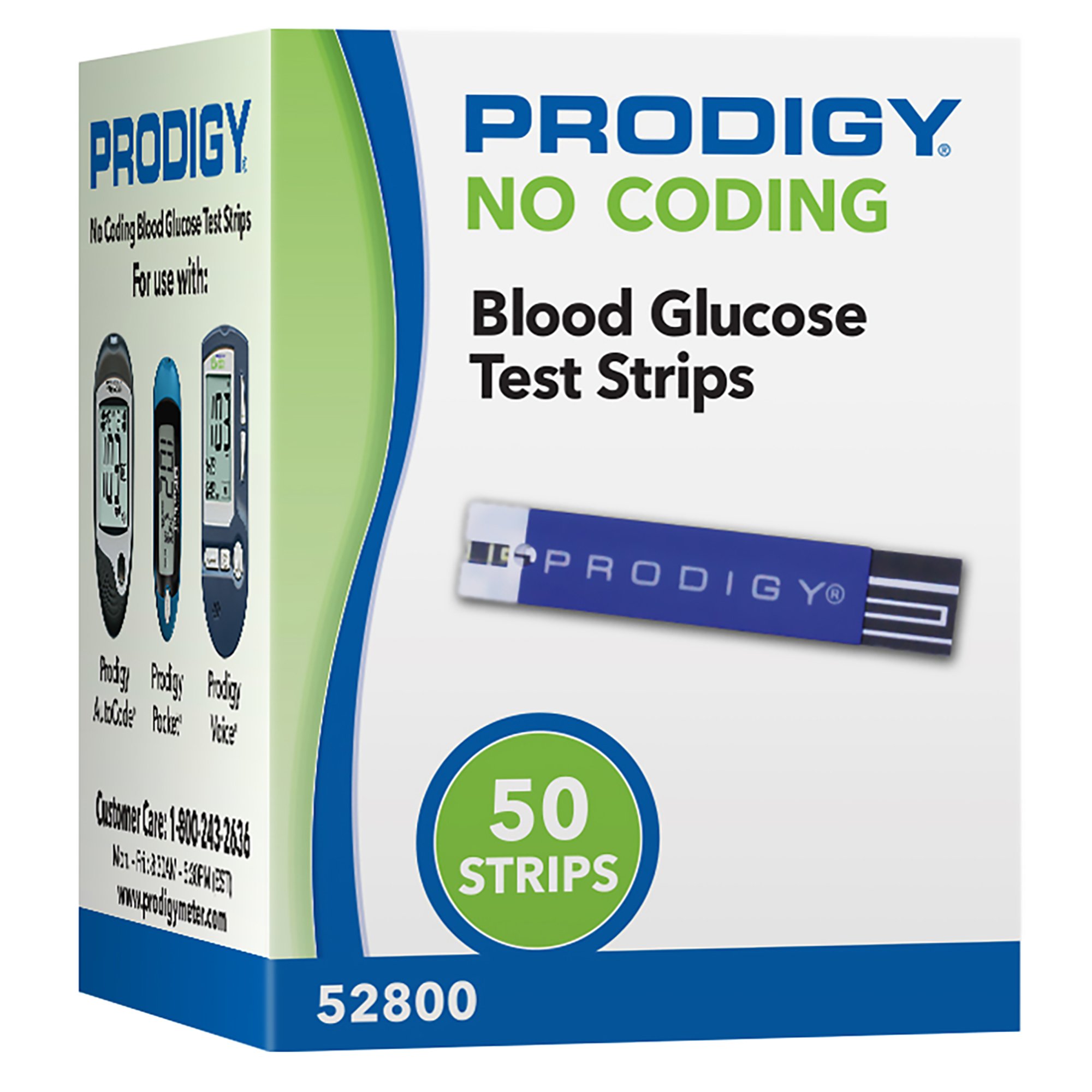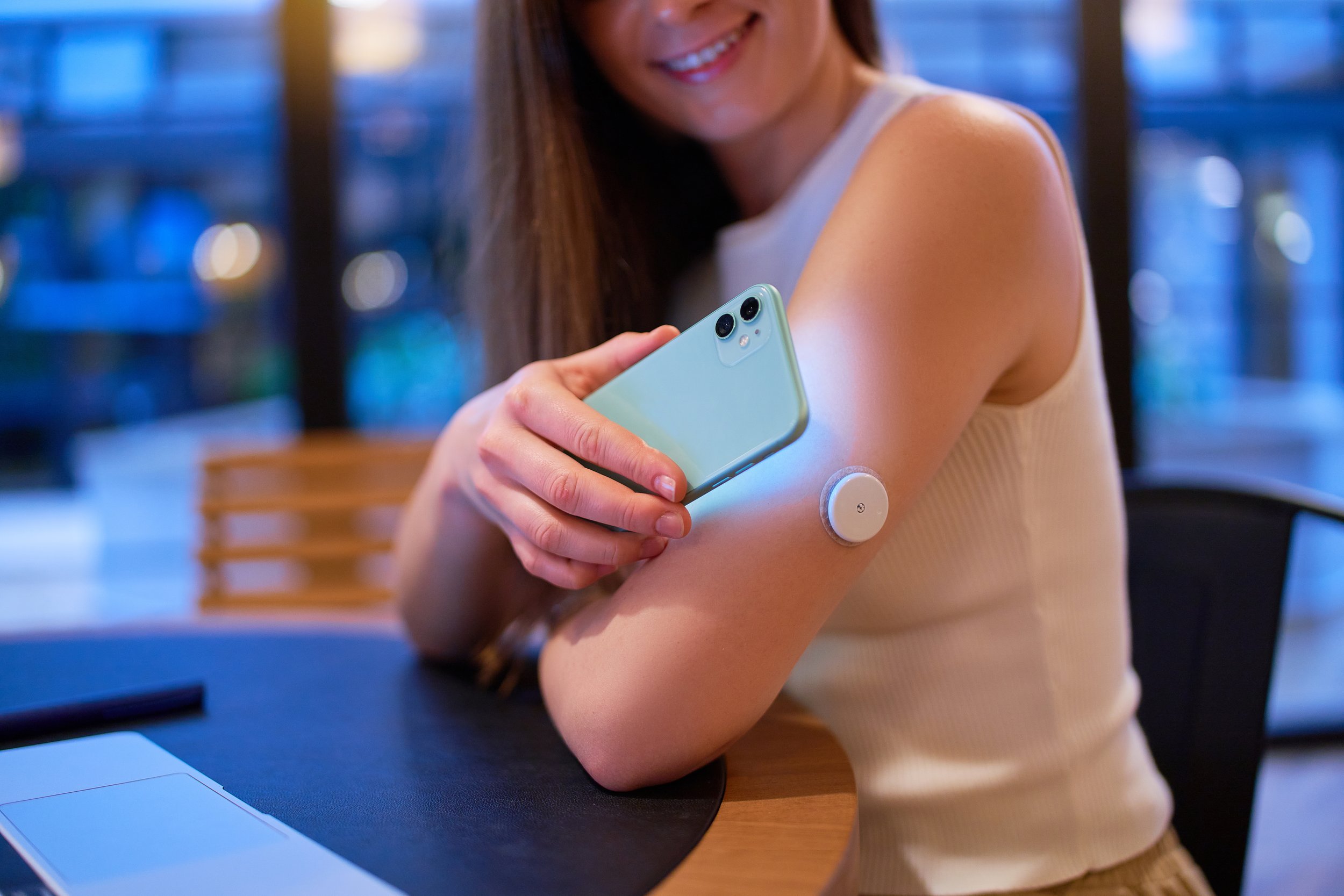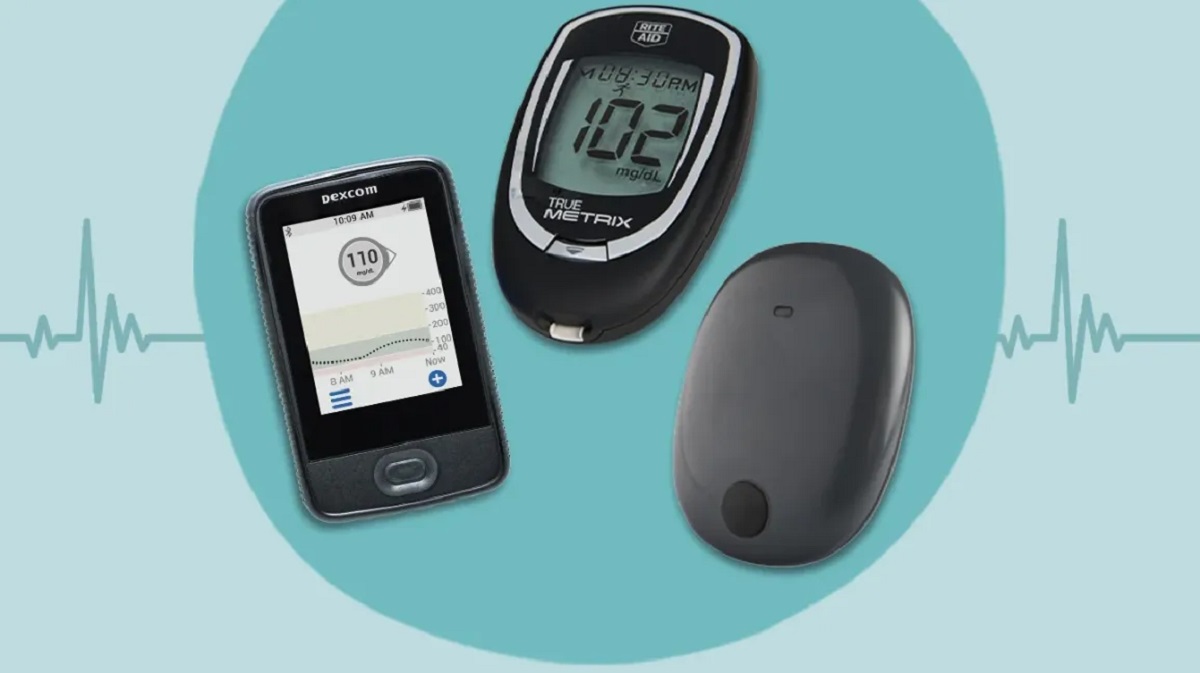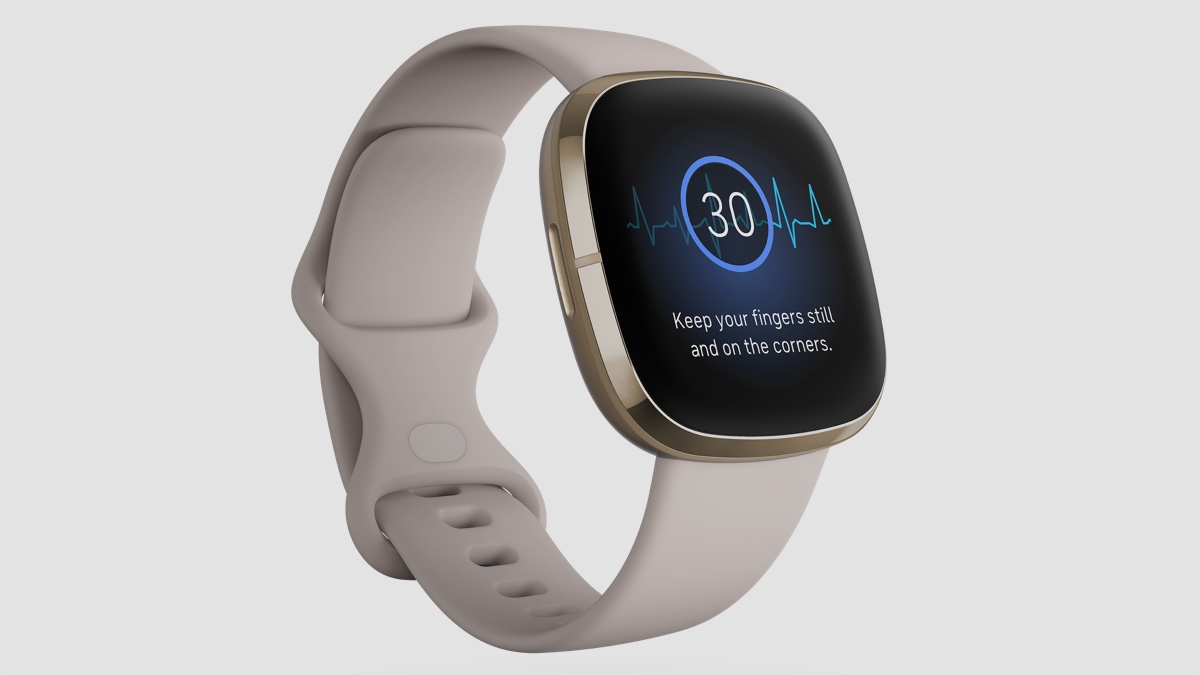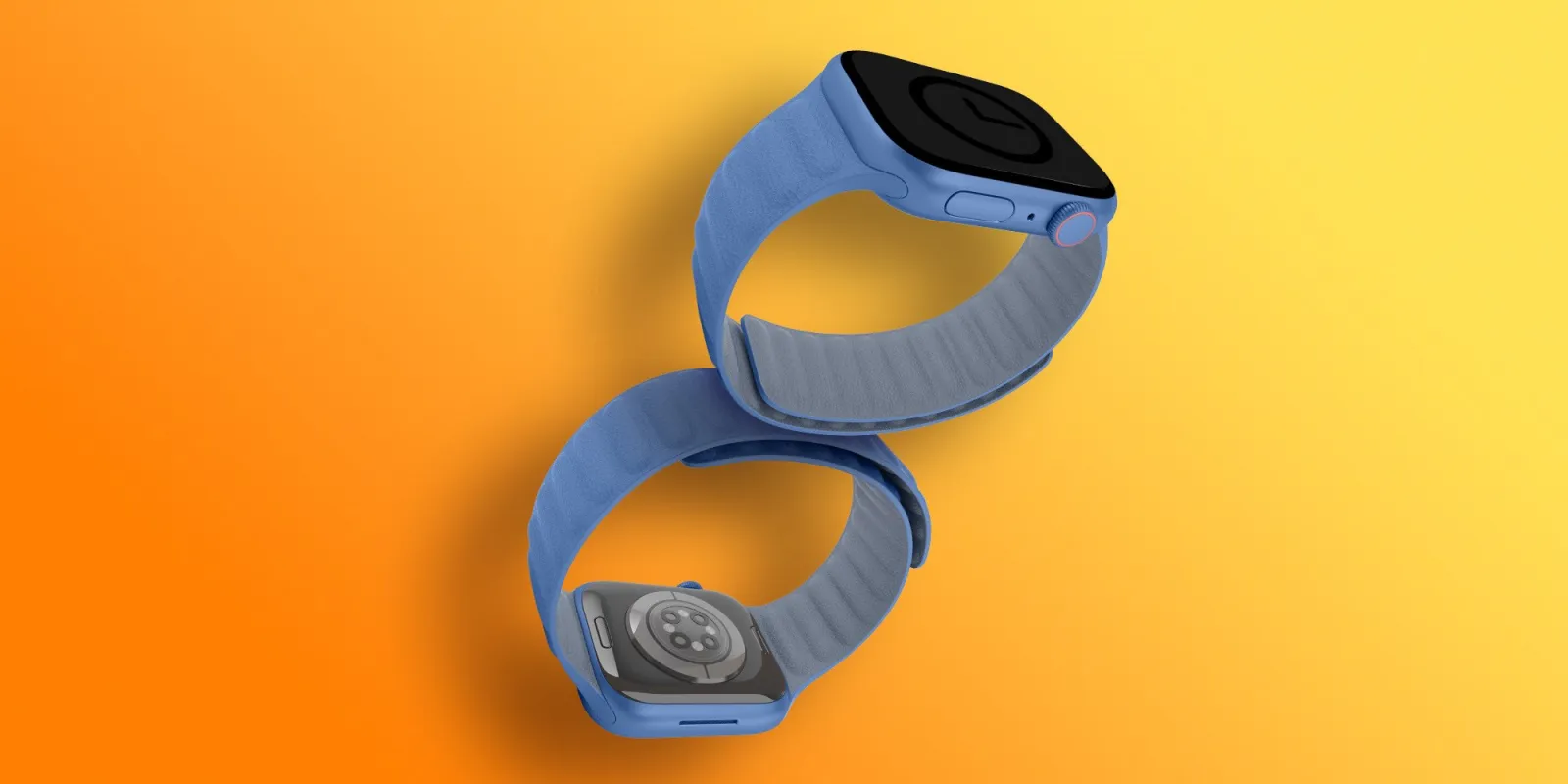Introduction
Welcome to the world of continuous glucose monitors (CGMs), a revolutionary technology designed to monitor blood sugar levels in real-time. For individuals with diabetes, managing and controlling blood sugar is crucial for overall health and well-being. Traditional methods of glucose monitoring, such as fingerstick tests, provide a snapshot view of blood sugar levels at a specific moment. However, CGMs offer continuous and comprehensive monitoring, providing valuable insights and empowering individuals to make timely adjustments to their diabetes management plan.
In this article, we will delve into the world of CGMs, exploring the technology behind them, factors to consider when purchasing, costs involved, insurance coverage, and ways to minimize expenses. Whether you are considering a CGM for yourself or a loved one, understanding the ins and outs of these devices can help you make an informed decision.
So, let’s embark on this journey and discover how CGMs can make a meaningful difference in the lives of individuals with diabetes.
What is a Continuous Glucose Monitor (CGM)?
A Continuous Glucose Monitor (CGM) is a small electronic device that measures glucose levels in the interstitial fluid just beneath the skin. It consists of three main components: a tiny sensor inserted under the skin, a transmitter that sends data to a receiver or a smartphone app, and a display device that shows real-time glucose readings.
The sensor continuously measures glucose levels throughout the day, capturing data at regular intervals. It provides a continuous stream of information, allowing individuals with diabetes to track their blood sugar trends in real-time, spot patterns, and make informed decisions regarding insulin dosage, diet, and physical activity.
CGMs offer several advantages over traditional blood glucose monitoring methods. First and foremost, they provide real-time data, eliminating the need for frequent fingerstick tests. This means no more finger pricks multiple times a day and the ability to gather a wealth of information without the hassle and pain associated with traditional monitoring.
Additionally, CGMs provide comprehensive insights into blood sugar patterns, including fluctuations occurring during sleep and exercise. This continuous monitoring allows for more precise adjustments to diabetes management routines and the ability to identify and prevent both high and low blood sugar episodes.
One of the key features of CGMs is their ability to send alerts and alarms. When blood sugar levels go too high or too low, users can receive notifications to prompt them to take action. This can significantly reduce the risk of severe hypoglycemia and hyperglycemia, enabling individuals to address potential issues before they escalate.
In summary, a CGM is a powerful tool that provides continuous glucose monitoring, real-time data, trend analysis, and customizable alerts. Its ability to offer valuable insights and improve diabetes management makes it an essential device for many individuals living with diabetes.
How does a CGM work?
Understanding how a Continuous Glucose Monitor (CGM) works is essential in grasping its capabilities and benefits. CGMs utilize advanced technology to provide continuous monitoring of blood sugar levels.
The process begins with the insertion of a tiny sensor under the skin, typically on the abdomen or arm. This sensor measures glucose levels in the interstitial fluid, which is the fluid surrounding the body’s cells. Unlike blood glucose meters that directly measure glucose in the bloodstream, CGMs indirectly determine glucose levels by monitoring the interstitial fluid.
Once the sensor is in place, it continuously measures glucose levels at regular intervals, typically every few minutes. The sensor sends this data to a transmitter, a small device attached to the sensor. The transmitter wirelessly communicates with a receiver or a compatible smartphone app, displaying real-time glucose readings.
To ensure accurate readings, CGM sensors undergo a calibration process. This involves comparing the sensor’s readings to glucose measurements obtained through fingerstick tests. Calibration typically occurs multiple times per day, ensuring the CGM remains accurate and reliable.
The CGM system software analyzes the data received from the sensor and displays it as a continuous glucose graph. This graph provides a visual representation of glucose trends over time, allowing users to monitor fluctuations and patterns in their blood sugar levels.
CGMs also offer customizable alerts and alarms to notify users of any critical glucose level deviations. These alerts can be set to trigger when blood sugar levels go too high or too low, ensuring users can take prompt action to avoid dangerous highs or lows.
In recent years, technological advancements have allowed for the integration of CGMs with insulin pumps. These integrated systems, known as sensor-augmented pump therapy or hybrid closed-loop systems, offer even greater convenience and automation in diabetes management. They use the sensor data to adjust insulin delivery, providing a more personalized and precise approach to insulin therapy.
In summary, CGMs work by measuring glucose levels in the interstitial fluid through a sensor, transmitting the data wirelessly to a receiver or smartphone app, and displaying continuous glucose readings on a graph. The ability to track trends, set alerts, and integrate with insulin pumps makes CGMs a valuable tool in diabetes management.
Factors to consider when purchasing a CGM
When considering the purchase of a Continuous Glucose Monitor (CGM), there are several important factors to take into account. Choosing the right CGM involves evaluating its features, compatibility with other devices, ease of use, and overall cost. Here are some key factors to consider when making your decision:
1. Accuracy and Reliability:
The accuracy and reliability of a CGM system are paramount. Look for CGMs that have been tested and proven to provide accurate readings compared to traditional fingerstick tests. Research user reviews and consult with healthcare professionals for insights into the reliability of different CGM models.
2. Sensor Wear Time:
Consider the length of time the CGM sensor can be worn before needing replacement. Some sensors may need to be changed every 7-14 days, while others may offer longer wear periods. Longer sensor wear times can reduce the frequency of sensor replacement and potentially lower costs in the long run.
3. Transmitter Range and Connectivity:
Check the transmitter’s range and compatibility with receivers or smartphone apps. Ensure that the CGM system can easily connect to your preferred device for convenient data access and monitoring.
4. Data Management and Visualization:
Consider the data management and visualization capabilities of the CGM system. Look for user-friendly interfaces, graphing options, and the ability to generate reports for easy analysis and sharing with healthcare providers.
5. Alarm and Alert Features:
Assess the customization and effectiveness of the CGM’s alarm and alert features. Look for systems that allow you to set personalized thresholds and receive timely notifications for high or low blood sugar levels.
6. User Experience and Ease of Use:
Evaluate the overall user experience of the CGM system, including the insertion process, comfort of the sensor, and ease of navigation through the device’s interface. A user-friendly and intuitive CGM system can greatly enhance your overall experience and adherence to glucose monitoring.
7. Cost and Insurance Coverage:
Consider the upfront costs and ongoing expenses associated with the CGM system. Evaluate the cost of the device, sensors, and other necessary accessories. Investigate insurance coverage policies, as some providers may cover a portion or all of the CGM expenses.
8. Customer Support and Training:
Research the level of customer support offered by the CGM manufacturer, including technical support, training resources, and troubleshooting assistance. Having access to reliable support can facilitate a smooth user experience and address any potential issues that arise.
By carefully considering these factors, you can make an informed decision when purchasing a CGM system that aligns with your needs, preferences, and budget, ultimately improving your ability to effectively manage your diabetes.
Costs of Continuous Glucose Monitors
When considering the use of a Continuous Glucose Monitor (CGM), it is important to understand the costs involved. CGM systems consist of several components, including the device itself, sensors, transmitters, and necessary accessories. Additionally, there may be ongoing costs for sensor replacements and other consumables. Here is a breakdown of the typical costs associated with CGMs:
1. Device Cost:
The cost of the CGM device can vary depending on the brand, model, and additional features. CGM devices can range from a few hundred dollars to over a thousand dollars. Some models may also require the purchase of a receiver or smartphone app separately.
2. Sensor Cost:
Sensors are a crucial component of CGM systems, as they continuously monitor glucose levels. The cost of sensors varies depending on the brand and the package quantity. On average, a month’s supply of sensors can range from a few hundred dollars to over a thousand dollars.
3. Transmitter Cost:
The transmitter is responsible for wirelessly transmitting data from the sensor to the receiver or smartphone app. Transmitter costs can range from a few hundred dollars to several hundred dollars, depending on the brand and compatibility with different CGM systems.
4. Accessories:
There may be additional accessories required for CGM systems, such as adhesive patches or adhesive removers to secure the sensor in place. The cost of these accessories can vary depending on the brand and quantity needed.
5. Sensor Replacement:
CGM sensors typically need to be replaced every 7-14 days, depending on the specific system. The cost of replacing sensors can add up over time, and it’s important to factor this into the overall cost of using a CGM system.
6. Ongoing Costs:
In addition to the initial device and sensor costs, there may be ongoing costs associated with CGMs. These can include the cost of transmitter batteries, receiver or smartphone app upgrades, and any necessary software updates. It’s essential to factor these ongoing costs into your budget and long-term financial planning.
It’s worth noting that insurance coverage can significantly impact the overall cost of using a CGM system. Many insurance providers cover at least a portion of the cost of CGMs, including devices, sensors, and transmitters. However, coverage policies can vary widely, so it’s important to check with your insurance provider to determine what is covered and what out-of-pocket expenses you may incur.
While CGM systems can be a significant investment, the benefits they offer in terms of improved glucose control and enhanced quality of life for individuals with diabetes are invaluable. Considering the long-term savings associated with better diabetes management, CGMs can prove to be a worthwhile investment.
Insurance Coverage for CGMs
Insurance coverage for Continuous Glucose Monitors (CGMs) can vary depending on the type of insurance plan, the insurance provider, and the specific policy. While some insurance companies provide coverage for CGMs, the extent of coverage can vary widely. Understanding the details of your insurance coverage is crucial in determining the out-of-pocket expenses associated with CGM systems. Here are some key points to consider regarding insurance coverage for CGMs:
1. Private Insurance:
Many private insurance plans offer coverage for CGM systems. Depending on your plan, coverage may include the device, the sensors, and even the necessary accessories like transmitters. However, it’s important to review your plan details and contact your insurance provider to check the specific coverage and any conditions or requirements for reimbursement.
2. Medicare and Medicaid Coverage:
Medicare coverage for CGMs has expanded in recent years, allowing more individuals to access this technology. Medicare Part B may cover CGM systems for eligible individuals with diabetes who meet certain criteria. Medicaid coverage for CGMs may vary by state, so it’s important to check with your state’s Medicaid program to determine coverage availability and requirements.
3. Prior Authorization and Medical Necessity:
In some cases, insurance providers may require prior authorization for CGM coverage. This means that your healthcare provider would need to submit supporting documentation to justify the medical necessity of a CGM system. Your insurance provider may have specific criteria that must be met for coverage approval.
4. Deductibles and Co-payments:
Even if your insurance plan covers CGMs, you may still be responsible for deductibles or co-payments. These are the amounts you need to pay out-of-pocket before your insurance coverage kicks in or as a portion of the total cost. It’s important to review your plan details to understand the financial obligations associated with CGM coverage.
5. In-Network providers:
Insurance plans often have a network of preferred providers with whom they have negotiated pricing agreements. It’s essential to ensure that the CGM brand or provider you choose is in-network to maximize your insurance coverage and minimize your out-of-pocket expenses.
6. Appeals and Reimbursement:
If your insurance claim for CGM coverage is denied, you may have the option to appeal the decision. It’s recommended to work closely with your healthcare provider and insurance provider to gather any necessary documentation and provide evidence of medical necessity when appealing a denial. Additionally, keeping track of all related expenses and filing claims for reimbursement can help mitigate costs.
While insurance coverage for CGMs is becoming more common, it’s important to closely review your insurance plan details, contact your insurance provider, and work with your healthcare team to navigate the process of getting coverage for CGM systems. Being aware of your coverage options can greatly impact the affordability and accessibility of CGMs in managing your diabetes.
Cost Comparison between Different CGM Brands
When considering a Continuous Glucose Monitor (CGM) system, comparing costs between different brands is an essential step in making an informed decision. While the actual cost of CGM systems can vary depending on several factors, including insurance coverage, here is a general overview of the cost comparison among some popular CGM brands:
1. Dexcom:
Dexcom offers a range of CGM systems, including the Dexcom G6 and Dexcom G7. The Dexcom G7 is expected to have a lower profile and be more affordable, while the G6 is currently available. The cost of the Dexcom G6 starter kit can range from around $2,000 to $3,000, which includes the transmitter, receiver, and sensors. The cost of sensors for the Dexcom G6 system is approximately $300 to $400 for a month’s supply.
2. Medtronic:
Medtronic offers the Guardian Sensor 3 with their CGM systems, such as the MiniMed 670G and MiniMed 770G. The cost of the Medtronic CGM starter kit can range from around $2,000 to $3,000, including the transmitter, receiver, and sensors. The cost of sensors for the Medtronic CGM system is approximately $300 to $400 for a month’s supply.
3. Abbott Freestyle Libre:
The Abbott Freestyle Libre is a popular CGM system known for its factory-calibrated sensors and flash glucose monitoring technology. The cost of the Freestyle Libre starter kit can range from around $100 to $200, including the reader or smartphone app and initial sensors. The cost of sensors for the Freestyle Libre system is approximately $100 to $150 for a month’s supply.
4. Eversense:
The Eversense CGM system is unique in that it includes an implantable sensor that lasts for 90 days. The cost of the Eversense starter kit can range from around $1,500 to $2,500, including the transmitter, receiver, and initial sensor. The cost of sensors for the Eversense system is approximately $750 to $1,000 for a three-month supply.
It’s important to note that these cost ranges are estimates and can vary based on factors such as insurance coverage, discounts, and promotions offered by the CGM manufacturers, and geographical location. Additionally, the prices mentioned above are for reference purposes and may not reflect the current market price.
When comparing the costs among different CGM brands, it’s crucial to consider not only the initial purchase price but also the ongoing costs of sensors and other necessary accessories. Additionally, factor in insurance coverage, as it can significantly impact the out-of-pocket expenses associated with CGM use.
Finally, it’s recommended to consult with your healthcare provider and contact the CGM manufacturers directly for accurate and up-to-date information on pricing, insurance coverage, and any available programs or assistance options that could help offset the costs of CGM systems.
Additional Expenses Related to CGM Usage
While the upfront costs of a Continuous Glucose Monitor (CGM) system are significant, there are additional expenses to consider when using a CGM for long-term diabetes management. These expenses can vary depending on individual needs and preferences. Here are some additional expenses related to CGM usage:
1. Sensor Replacements:
CGM sensors typically have a limited lifespan and need to be replaced regularly. The frequency of sensor replacement depends on the specific CGM system, but it is typically every 7-14 days. The cost of sensor replacement can add up over time and should be factored into the overall cost of CGM usage.
2. Transmitter Battery Replacement:
CGM transmitters are powered by batteries that eventually need to be replaced. The frequency of transmitter battery replacement varies depending on the specific CGM system and usage patterns. It is important to consider the cost of replacement batteries and factor this into your CGM expenses.
3. Adhesive Patches and Accessories:
To ensure the CGM sensor stays securely in place, adhesive patches or tapes are often necessary. These patches help protect the sensor and prevent it from dislodging. The cost of adhesive patches can vary depending on the brand and quantity needed. Additionally, there may be other CGM accessories, such as adhesion removers or skin preparation wipes, which may incur additional expenses.
4. Receiver or Smartphone Upgrades:
Over time, CGM manufacturers may release updates for receivers or smartphone apps to enhance features and compatibility. Upgrading to the latest receiver or downloading the updated app may incur additional costs, especially if it requires purchasing new hardware or paying for software updates.
5. Data Management Software:
Some CGM systems offer data management software for more in-depth analysis of glucose trends and patterns. The cost of accessing and utilizing these software programs can vary depending on the CGM manufacturer and the level of data analysis functionality they provide.
6. User Training and Support:
While most CGM systems include user manuals and guidance for setup and use, additional training or support may be desired. Some manufacturers offer training programs or educational resources that could involve additional costs. It’s essential to consider any training or support needs and the associated expenses when using a CGM system.
It’s important to note that not all individuals will incur these additional expenses related to CGM usage. The frequency and cost of these additional expenses will vary depending on individual circumstances, usage patterns, and CGM system requirements.
Considering these potential additional expenses is crucial for proper financial planning and budgeting when using a CGM system for diabetes management. It’s recommended to consult with healthcare professionals, reach out to CGM manufacturers, and explore available resources to gain a better understanding of the specific costs associated with using a CGM system.
Tips for Minimizing CGM Costs
Managing the costs of a Continuous Glucose Monitor (CGM) system is important for individuals seeking long-term diabetes management. While CGM usage brings undeniable benefits, there are strategies you can employ to minimize costs. Here are some tips to help you save money while using a CGM:
1. Insurance Coverage:
Research and understand your insurance coverage for CGM systems. Check your policy to determine what is covered, including the device, sensors, and accessories. Understanding your coverage can give you a clearer picture of your financial responsibilities and help you plan accordingly.
2. Seek Financial Assistance Programs:
Some CGM manufacturers offer financial assistance programs to help individuals who may struggle with the costs of CGM systems. These programs provide discounts, patient assistance, or payment plans. Contact the manufacturers or visit their websites to explore available options specific to your CGM brand.
3. Compare Prices and Discounts:
Comparison shop and explore different suppliers or pharmacies to find the best prices for CGM supplies. Some suppliers may offer discounts or loyalty programs that can help reduce costs over time. Take advantage of savings opportunities to get the best value for your CGM supplies.
4. Sensor Stretching:
While it is important to follow the manufacturer’s guidelines for sensor replacement, some individuals may find that they can safely extend the use of their sensors beyond the recommended timeframe. Consult with your healthcare provider about the possibility of sensor stretching, as this can help maximize the lifespan of each sensor and reduce the frequency of replacements.
5. Proper Sensor Placement and Maintenance:
Ensure proper sensor placement and maintenance to avoid premature sensor failure. Follow the manufacturer’s guidelines for sensor insertion and use. Proper care and maintenance of the sensor can help minimize the risk of sensor errors or damage, prolonging its lifespan and reducing replacement costs.
6. Consider Generic Brands or Older Models:
If available and compatible with your CGM system, consider using generic brands of adhesive patches or purchasing older models of CGM devices or transmitters. These options may offer cost savings compared to their brand-name counterparts while still providing essential functionality.
7. Utilize Manufacturer Programs and Promotions:
Keep an eye out for manufacturer programs, promotions, and loyalty rewards that can provide discounts or special offers on CGM supplies. Subscribe to newsletters, follow social media accounts, or sign up for alerts to stay informed about these opportunities.
8. Track and Optimize Sensor Accuracy:
Regularly calibrate and verify the accuracy of your CGM system to avoid unnecessary sensor replacements. Perform fingerstick tests when prompted by the system and compare the readings to ensure accuracy. Proper calibration and verification can prevent premature sensor replacements due to inaccurate readings.
By implementing these tips and strategies, you can minimize the costs associated with using a CGM system for diabetes management. Remember to consult with your healthcare provider, reach out to CGM manufacturers for assistance, and explore all available resources to help you save money without compromising the quality of your diabetes care.
Conclusion
Continuous Glucose Monitors (CGMs) have revolutionized diabetes management by providing real-time and comprehensive monitoring of blood sugar levels. Despite the potential costs involved, CGMs offer invaluable benefits in terms of improved glucose control, enhanced quality of life, and prevention of serious hypoglycemic or hyperglycemic episodes.
Throughout this article, we explored various aspects of CGMs, including their functionality, factors to consider when purchasing, costs involved, insurance coverage, and tips for minimizing expenses. Understanding these elements is crucial as you navigate the world of CGM systems and select the one that best suits your needs.
When considering a CGM, it is essential to research the specific costs associated with the device, sensors, transmitters, and necessary accessories. Additionally, exploring insurance coverage options and seeking financial assistance programs can help mitigate these expenses.
By comparing prices, taking advantage of discounts, and considering sensor stretching, you can further reduce costs while still ensuring effective diabetes management. Proper sensor placement and maintenance, along with calibration and verification, can optimize sensor accuracy and prolong their lifespan.
Ultimately, the decision to invest in a CGM system is a personal one, considering factors such as individual needs, preferences, and budget. Consultation with healthcare professionals, discussions with insurance providers, and exploring resources offered by CGM manufacturers can provide valuable guidance in this decision-making process.
Remember, the ability to continuously monitor blood sugar levels, detect patterns, and make timely adjustments to your diabetes management plan is a transformative feature of CGM technology. While costs may be a consideration, the long-term benefits of improved glucose control and overall well-being are worth the investment for many individuals.
Embrace the power of CGMs and take control of your diabetes management to lead a healthier and more fulfilling life. With the right CGM system and a proactive approach to managing costs, you can confidently navigate your diabetes journey and face each day with greater confidence and peace of mind.







